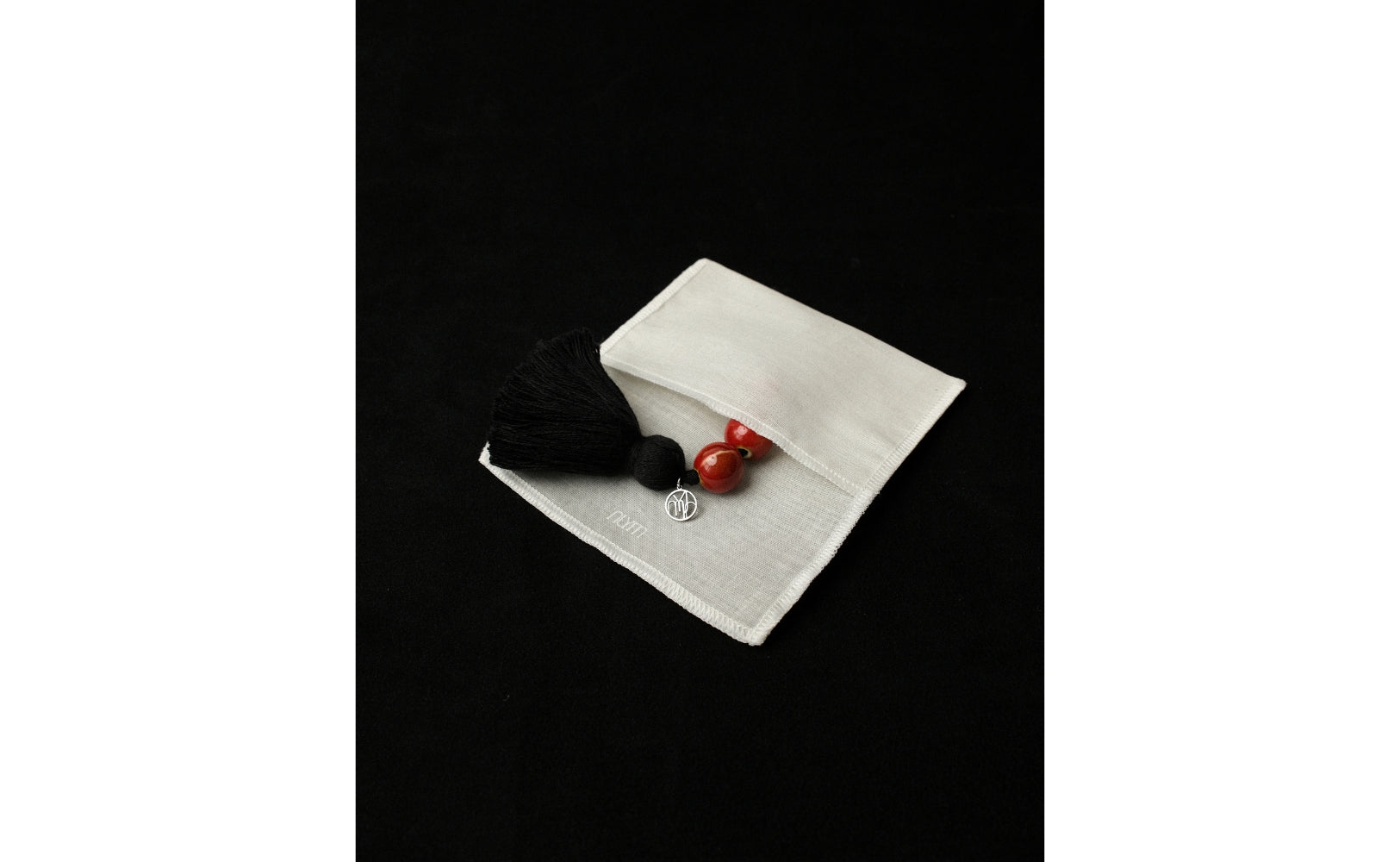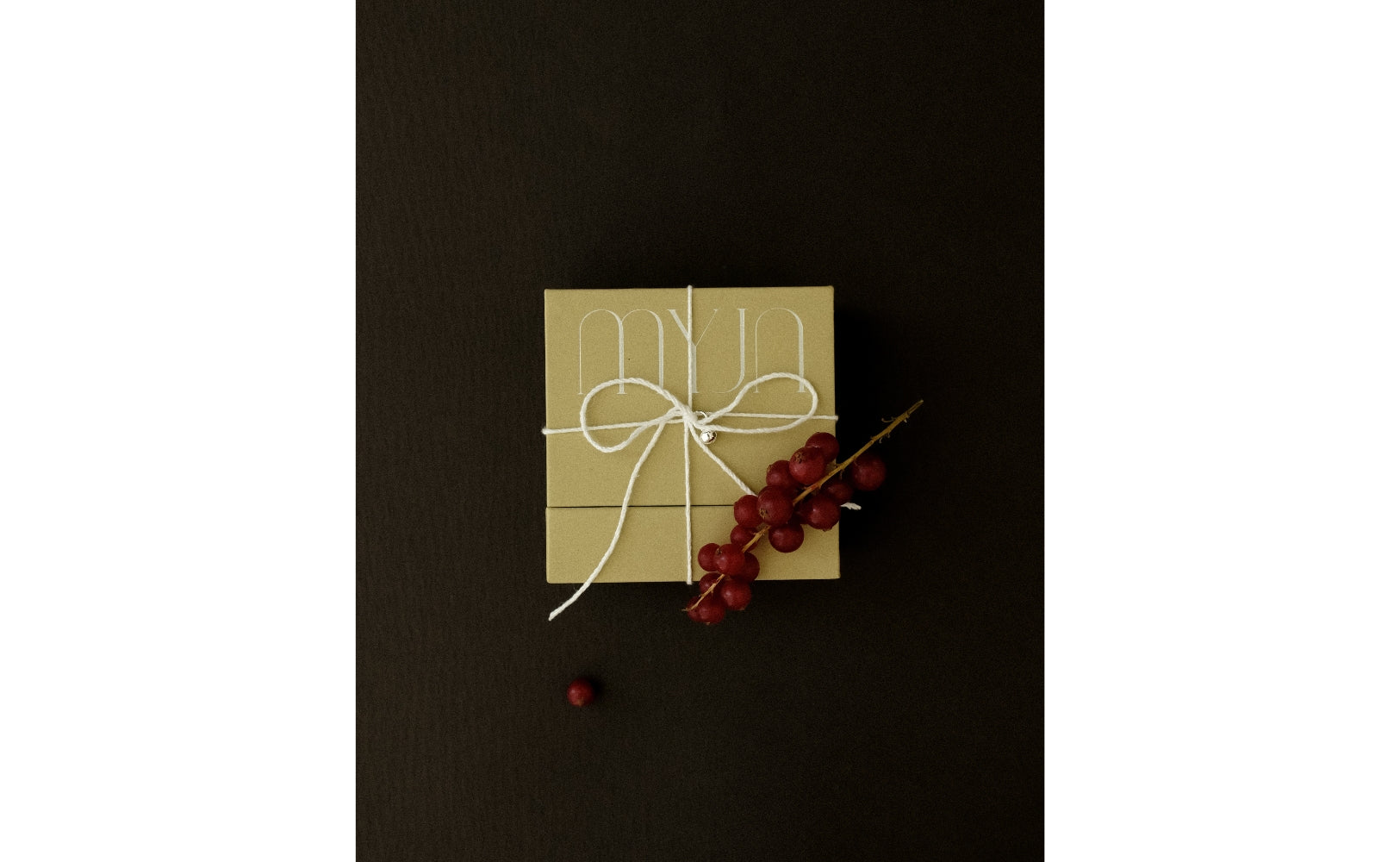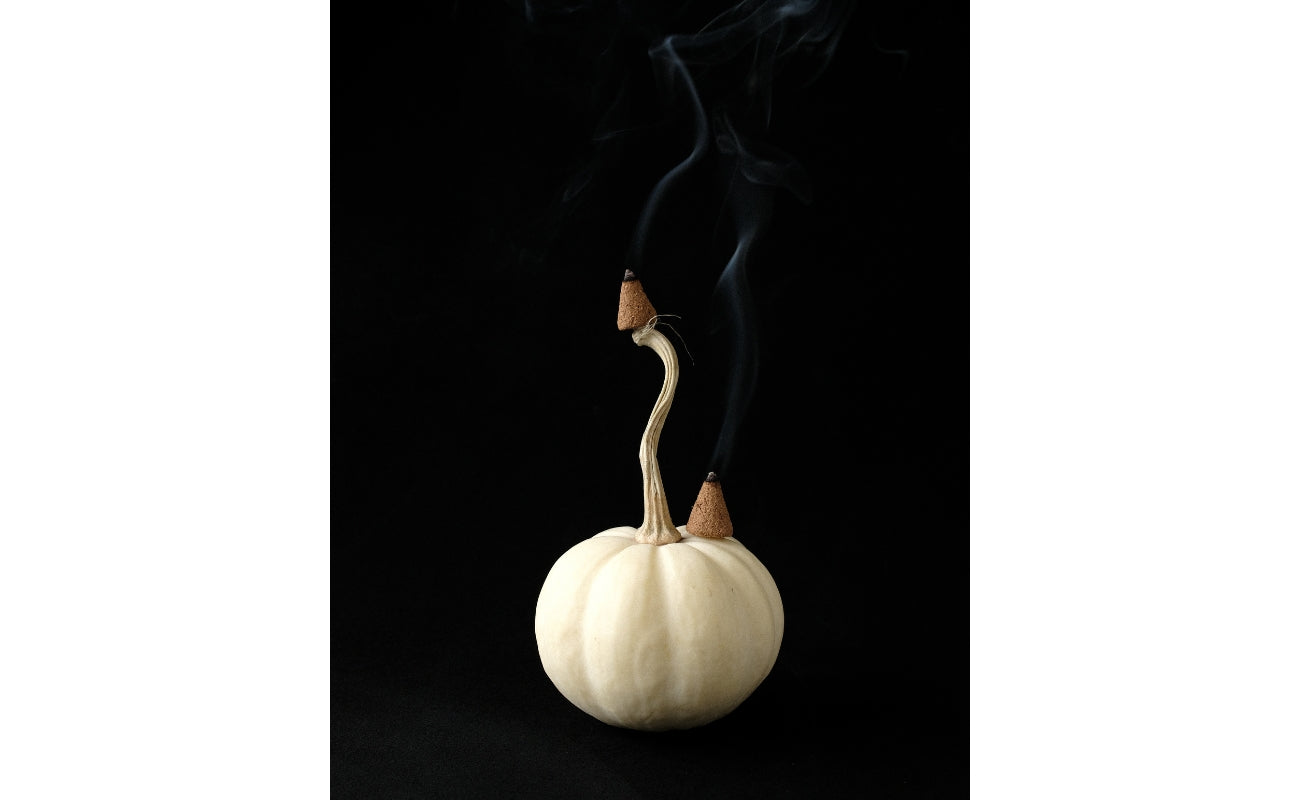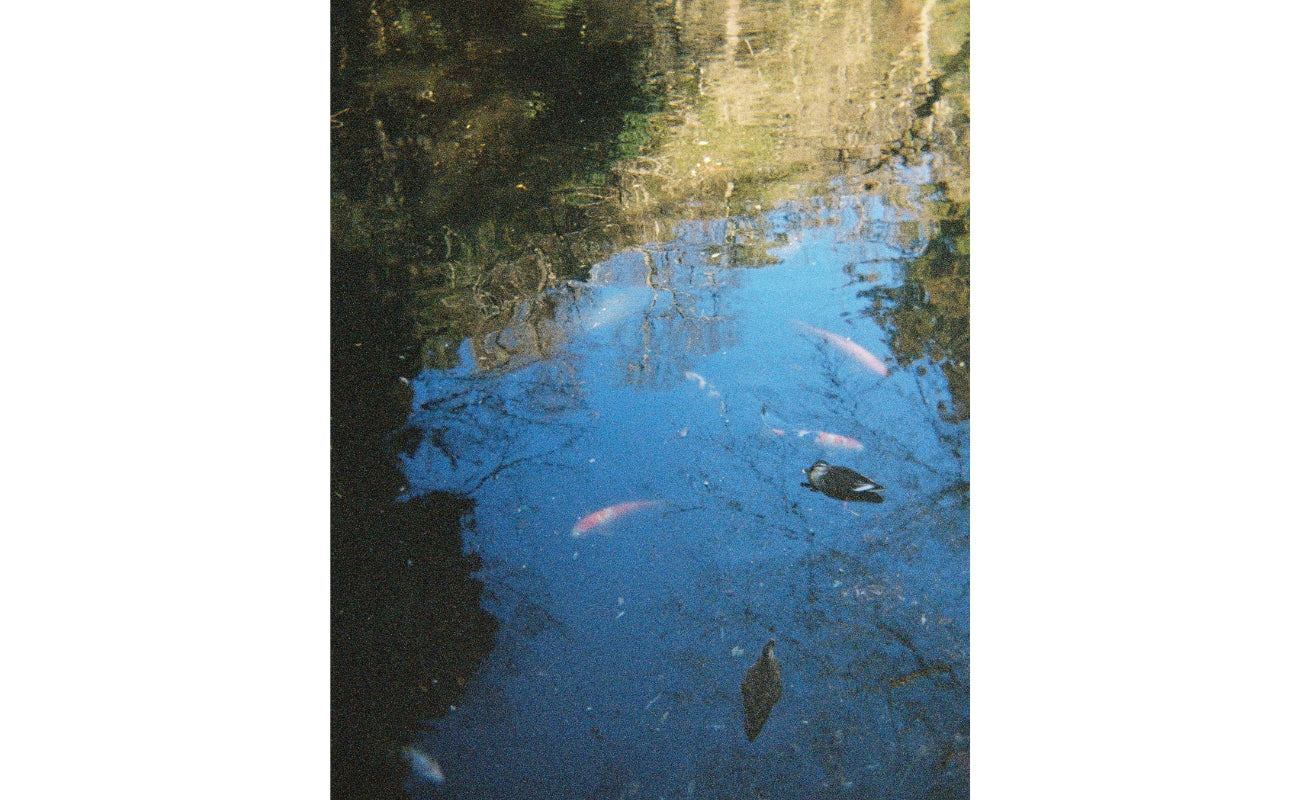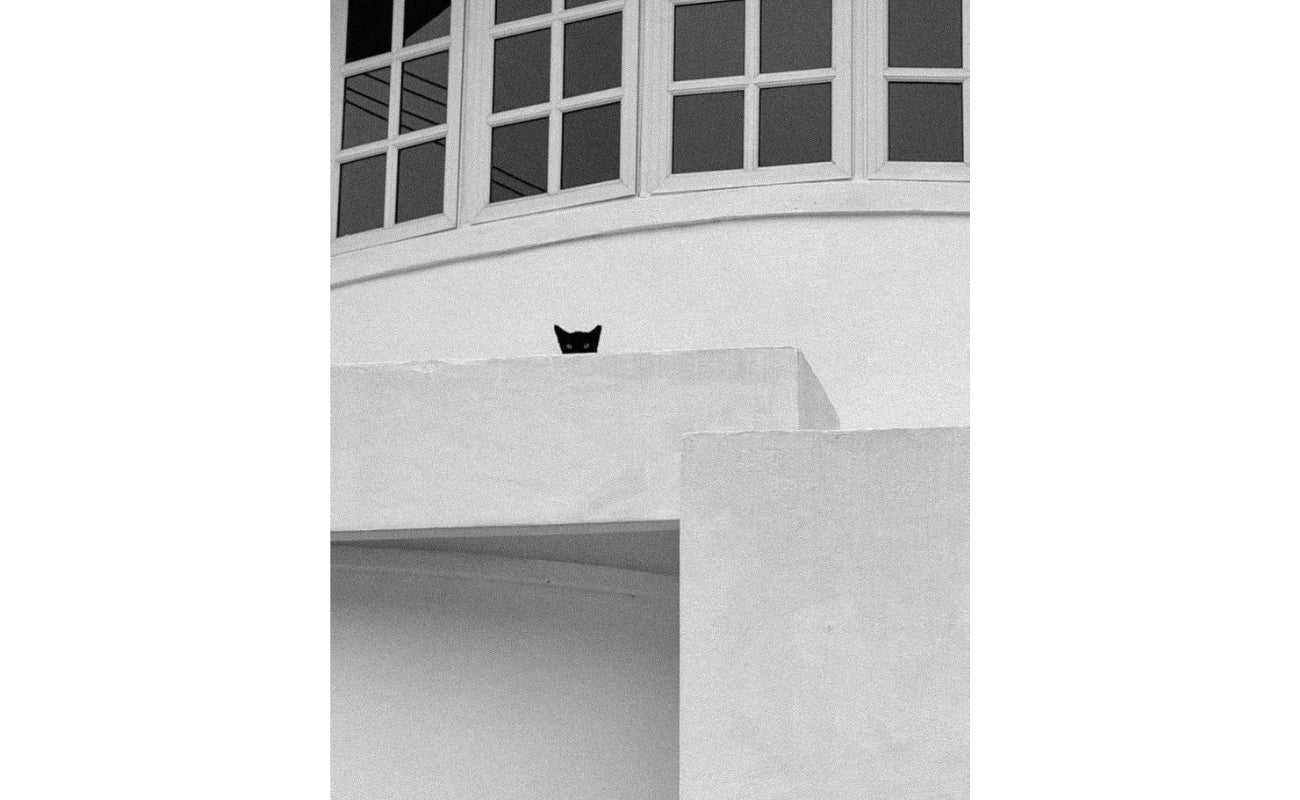

There are boxes you throw away, and boxes you decide to keep.
The Husk Collection belongs to the second kind.
It began with a question we couldn’t shake in the studio: if our jewellery is quiet and sculptural, why should the box feel anonymous? So we moved towards papers with husk in them, materials that keep tiny speckles and soft grain from where they once came.
Folded into our drawer shape, they give each box a slower, more satisfying slide and a calm, matte presence that feels at home on a bedside table or desk. It’s still packaging, but it’s also a small object in its own right, something you can live with, reuse, and feel quietly good about every time you reach for what’s inside.
Every box in The Husk Collection follows this language: understated, tactile, and made to be kept and reused, not simply opened once and discarded. The first chapter in this family is The Cacao Box.
Choosing the cacao
The Cacao Box: the first box in The Husk Collection had to feel familiar and new at the same time. Familiar enough to sit quietly with our jewellery. New enough to remind us why we rebuilt the box in the first place. For us, that starting point was cacao.
The paper we use for this box is made with cocoa bean skins, the thin outer layer separated from the beans during chocolate production. Instead of being treated purely as waste, those skins are finely ground and added into the paper pulp. When we discovered this stock, the appeal was immediate: a warm brown tone with tiny natural speckles running through it. The brown and black dots you see on the box are exactly that, traces of cocoa, now part of the sheet itself, not a printed effect.
From there, our work began: turning that paper into a box that felt good in the hand.
Our previous smooth boxes looked clean, but the drawer sometimes slid out too quickly and felt a little too light. With the cacao paper, the gentle grain on the surface added a small but important change: friction. The drawer moves with a slower, more controlled slide, instead of rushing open. It’s a small moment, but it makes the act of opening the box feel more deliberate and satisfying
We didn’t get it right on the first try. We sampled different paper weights and constructions, rejecting versions that dragged too much or slipped too easily. We looked at how the box behaved full, empty, stacked, and handled again and again.
So we tested it the way you would actually live with it:
Under midday light on a desk.
Next to a lamp at night.
Against the suede of our pouches.
In stacks on a studio shelf.
The mark on the lid
We knew we wanted our name on the box, but we didn’t want it to be the first thing you see. On the lid, our mark stays quiet. The logo is pressed into the paper, only catching the light at certain angles. You see the form and texture first; the branding comes later.
In the end, we chose a pressed mark that only appears when the light finds it at the right angle. At a glance, you see the form and the speckles first. The logo comes later, almost as a detail you discover over time. It’s a small decision, but it follows the same thinking as our pieces: the person comes first, the brand sits in the background.
We didn’t design the Cacao Edition Box for a single unboxing moment. We designed it to stay – on a bedside table, on a desk, in a drawer you open every day. Maybe it keeps the pieces you wear on rotation; maybe it ends up holding small things you don’t want to lose. Either way, our hope is that every time you slide it open, you can feel that someone thought carefully about even this part of your experience.
If we care this much about the box, you can imagine how seriously we take everything inside it.


